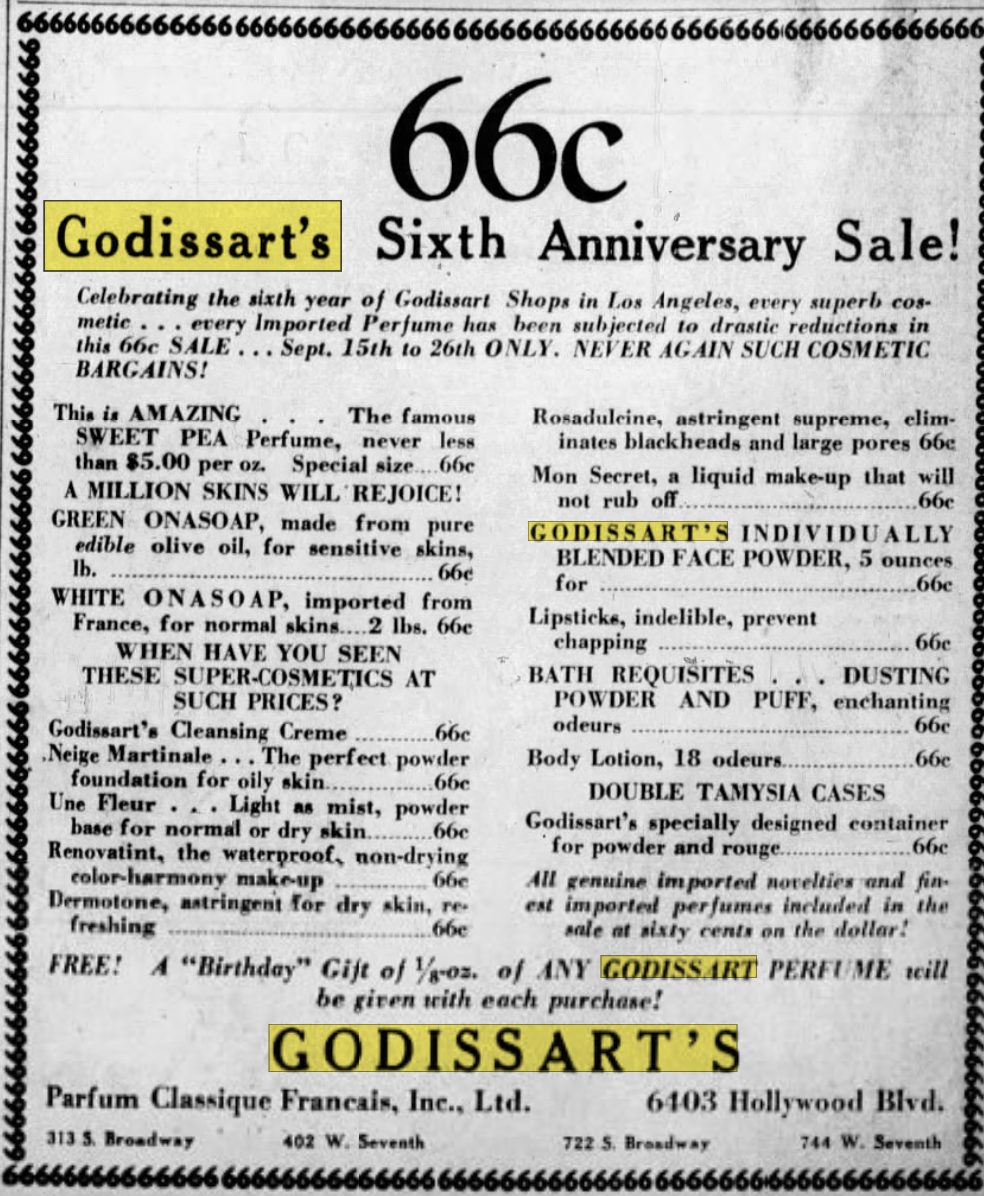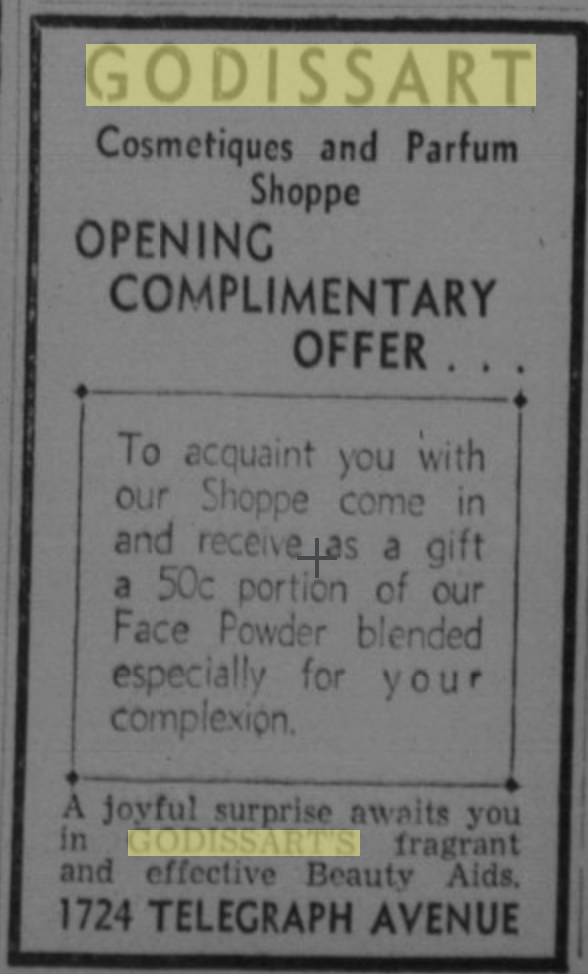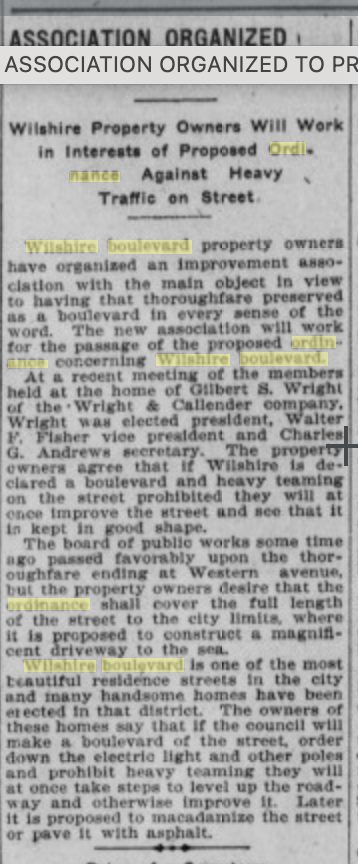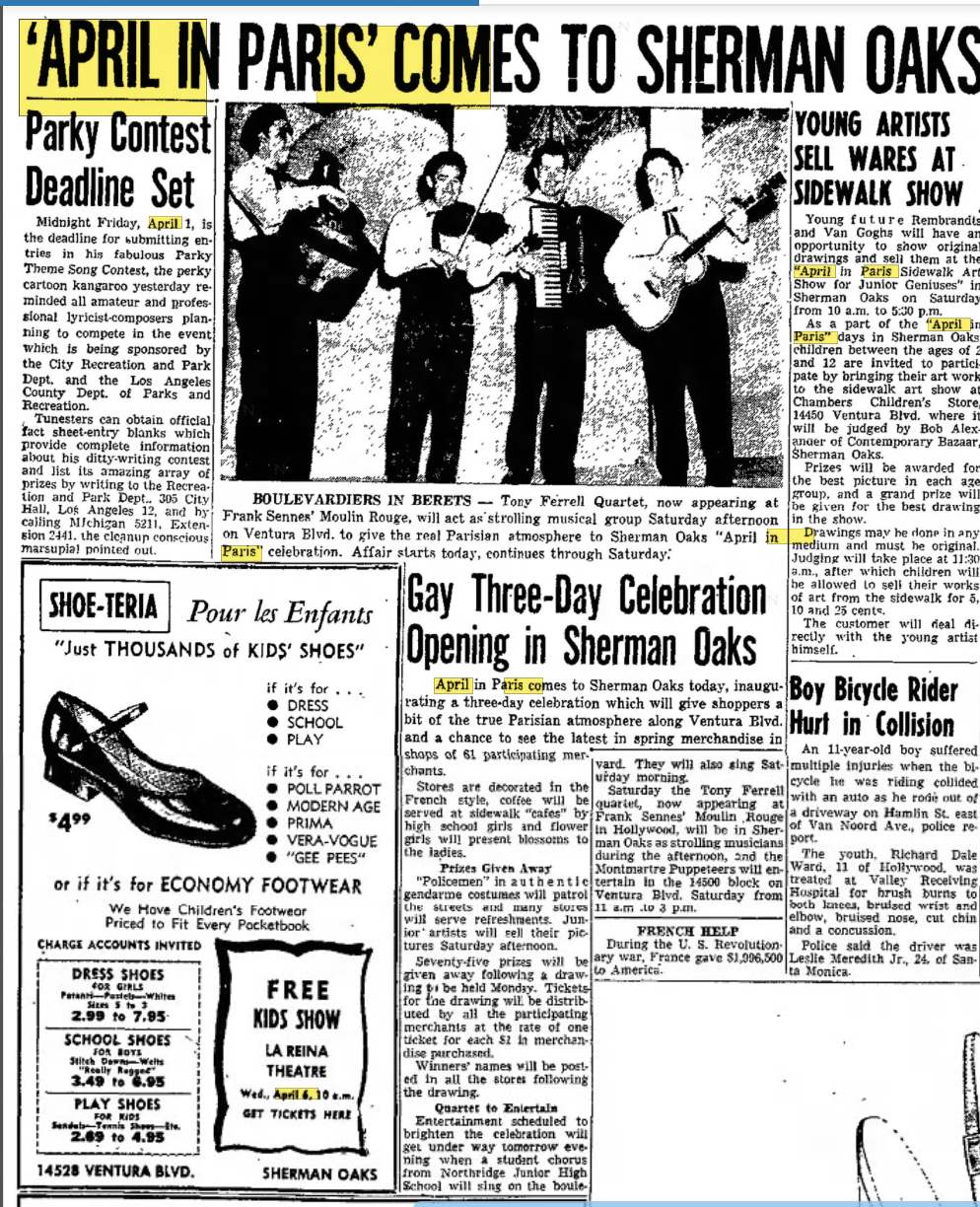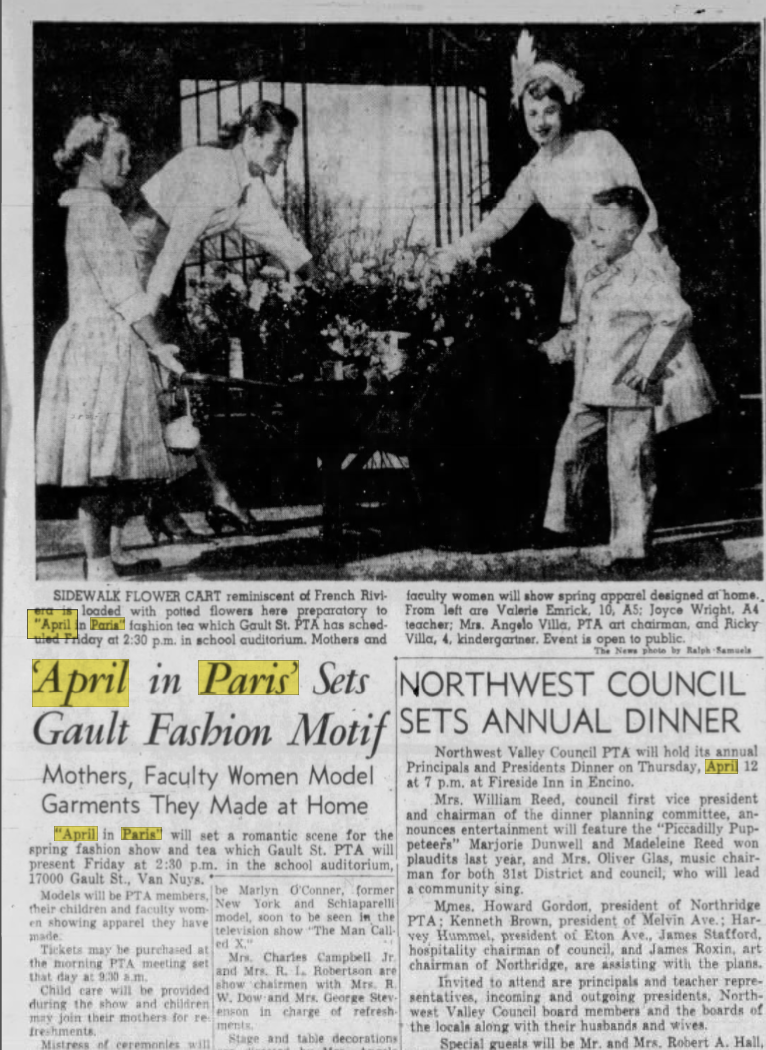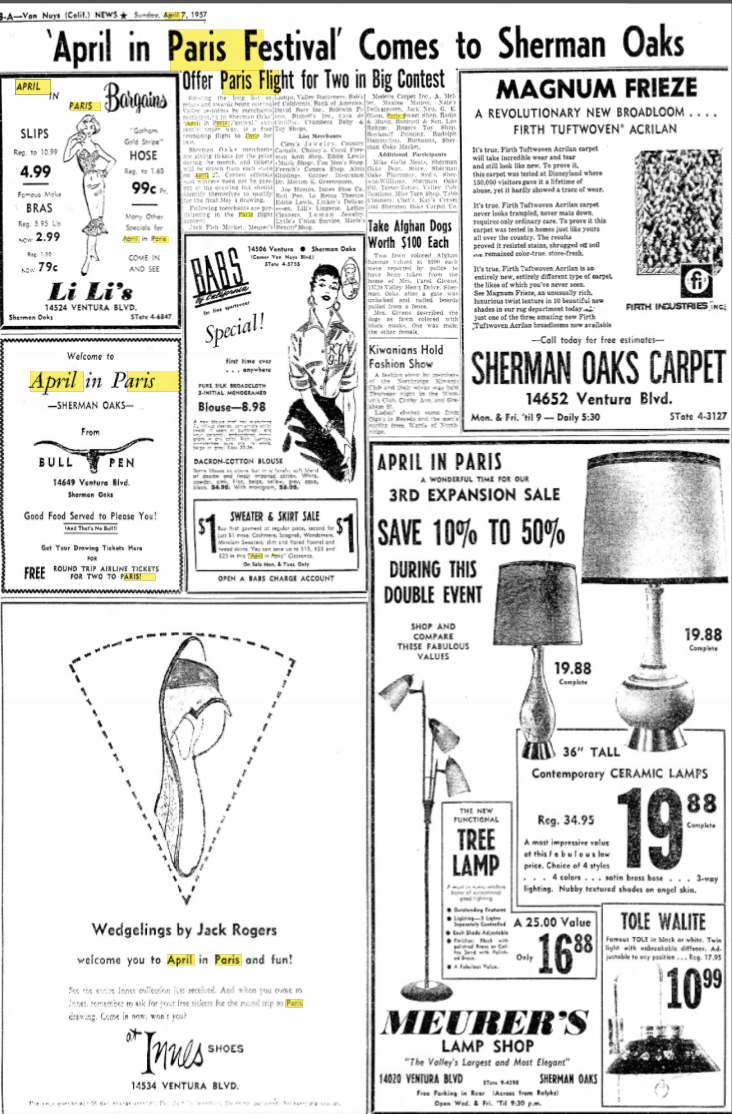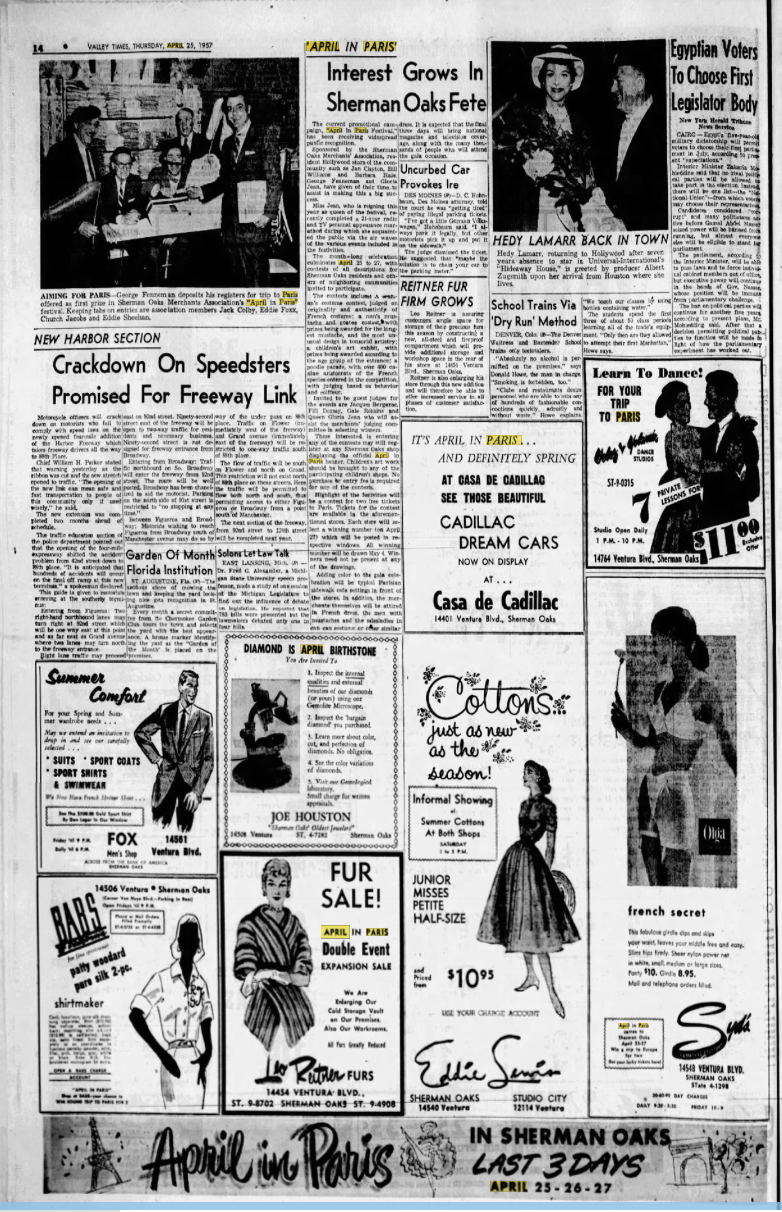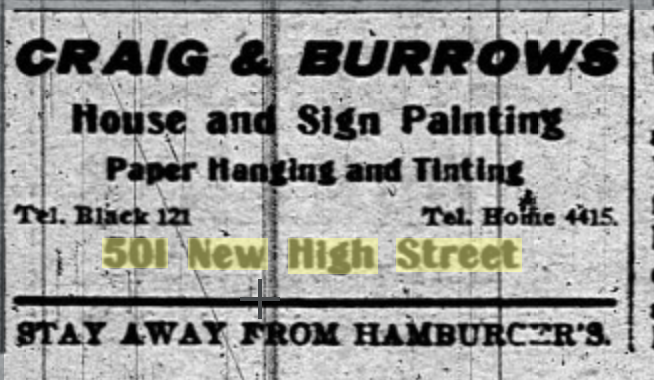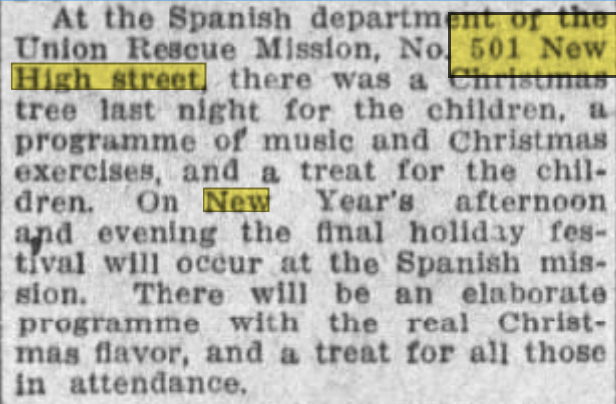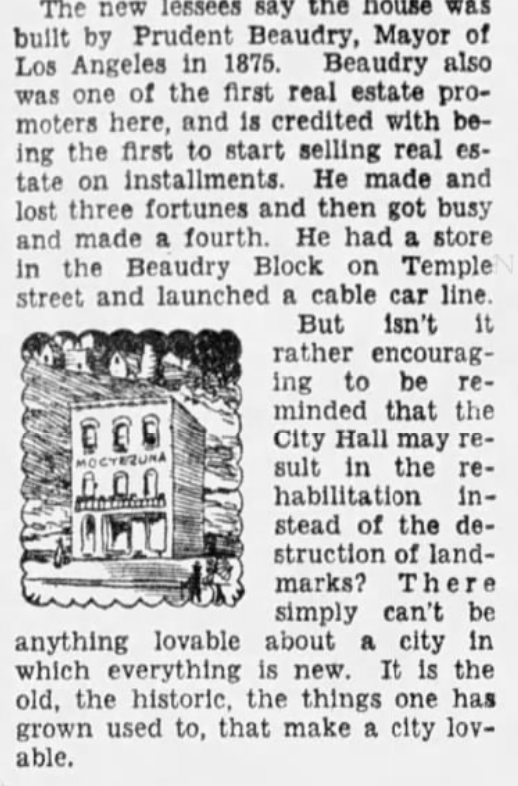With the WGA strike in effect, it's well-known that one major sticking point is the possible use of AI in entertainment writing. I'm not a WGA member, just a nerd with a blog and the occasional byline elsewhere, but I'm not a fan of replacing human writers.
The other day, my dad asked me to explain what ChatGPT was.
I explained that ChatGPT is an AI chatbot, and you can prompt it to generate all sorts of content. I mentioned that AI is being pitched as a way to generate ad copy, articles...and blog posts...and that screenwriters are concerned about having work taken away by AI bots, or having to fix scripts generated by AI bots.
Dad asked me to try an experiment in ChatGPT: prompt it to write an article about the French in Los Angeles and show it to him.
I warned him that it was going to be terrible.
I tried generating several different versions, and they were almost as bad as the mistake-heavy clickbait that's still floating around out there. Almost.
Here are some of the highlights - or is it lowlights? Anyway:
One of the most notable French architects to work in Los Angeles during this time was Paul J. Pelz, who designed many of the city's most important buildings, including the Los Angeles Public Library and the Bradbury Building.
Hilariously incorrect. First of all, Pelz was born in a part of Eastern Germany that isn't even close to France. Second, he lived in Washington D.C. after immigrating. Third, while he did design the Point Fermin lighthouse in San Pedro (lighthouses being one specialty of his), he had nothing to do with Central Library or the Bradbury Building.
In the late 19th and early 20th centuries, French immigrants continued to arrive in Los Angeles, and the French community began to grow.
Uh, not quite. The biggest influx came between 1850 and 1860, and after the railroad arrived, the French became a smaller and smaller portion of the City and County's population.
Many French citizens settled in the city's affluent neighborhoods, such as Beverly Hills and Bel Air, where they established businesses and built impressive homes.
Uh, I've spent 9 years working on a map that says otherwise. Relatively few French citizens settled in rich Westside neighborhoods, and even then, most of those I've found were celebrities living amongst other celebrities, such as French filmmakers Jean Renoir and Louis Malle. (One outlier: Thomas Pedy, who was in the cutlery business and lived close to where the Four Seasons is now.)
The French Consulate in Los Angeles serves as a hub for French cultural and economic activity in Southern California.
Good luck getting them to return an email (I have tried).
The history of the French in Los Angeles dates back to the late 19th century when a small number of French immigrants arrived in the city. However, it was not until the 20th century that the French community in Los Angeles began to grow significantly.
This is so, so wrong that it made me cackle like a wicked witch in a Disney movie.
During the early 1900s, French immigrants began to settle in the city, attracted by job opportunities in the oil and gas industries, as well as the growing film industry. Many of these early French immigrants were from the southern region of France, particularly from the city of Marseille.
WRONG! The first French immigrant arrived in 1827, the first big wave began in the 1840s, the French were a tiny fraction of LA's population by 1900, and back in the day, most French immigrants went into winemaking, sheep ranching, or farming. Oil and gas came quite a bit later. Regular readers may recall that Prudent Beaudry accidentally struck oil on one of his hilltop properties while digging a well.
Also, while LA's French community came from all over France and French Canada (with some outliers from Belgium and Switzerland), there were relatively few arrivals from Marseille. LA's most represented region of France was the Basque Country, hands down.
Le Mesnager founded the French Hospital in Los Angeles, which later became the French Hospital Medical Center...
George Le Mesnager is one Frenchman LA should remember, and for good reason - but he had nothing to do with the founding of the French Hospital, which became the Pacific Alliance Medical Center. He was still a teenager when the cornerstone was laid. While the hospital was being built, he went back to France to fight in the Franco-Prussian War.
...and the city hosts several French-themed events each year, including the Bastille Day Los Angeles festival.
I FREAKING WISH. LA used to have a huge Bastille Day celebration, but has rudely ignored Bastille Day since 1968. (Hey Mayor Bass, who exactly does one have to be to get City Hall lit up like the Tricolor on July 14?)
...there was a French community that settled in the downtown area of Los Angeles in the late 19th and early 20th centuries, particularly around the area of Main Street and Arcadia Street.
It was early-to-mid-19th century, and the intersection is close, but wrong. The hub of the French Colony was at Alameda and Aliso Streets.
The French community in Los Angeles was not as large or well-established as in some other American cities...
While I have yet to make an exhaustive study of the census, one reliable figure estimates that the French accounted for one out of every ten Angelenos, and another put the figure closer to twenty percent. Ten percent is pretty significant (for comparison, 11.6% of Angelenos are of Asian descent and 9% of Angelenos are Black; would you call either of those populations insignificant? I wouldn't). Twenty percent certainly isn't small.
One of the most prominent French neighborhoods in Los Angeles was located around the intersection of Main and Winston Streets. This area was known as "French Town" and was home to many French immigrants who worked in nearby factories and shops.
Main and Winston is on the edge of the Toy District, southwest of what was called "French Town". It's almost a mile away from the hub of the French Colony. (What is it with anyone, human or bot, thinking Frenchtown was a
mile away from its true location?)
Another notable French community was centered around the city's historic Olvera Street, which was originally a Mexican marketplace but became a popular destination for tourists interested in experiencing the city's Spanish and Mexican heritage.
While there were some French activities in the Plaza area, Olvera Street was definitely not the hub of French LA. Don't get me started on the bot's description of Olvera Street (which was probably originally an alley).
There were French-owned shops, restaurants, and hotels, as well as a French-language newspaper called "La Gazette."
The first half of this sentence is correct. The second half made me cringe. LA has had several French-language newspapers over the years (possibly as many as 10), but I have yet to find a single reference to one called La Gazette.
However, the legacy of the French community can still be seen in the French-style architecture of some of the historic buildings in the Bunker Hill area, as well as in the French names of some of the streets in the area, such as Grand Avenue and Figueroa Street.
ChatGPT must not be aware that Old Bunker Hill was annihilated decades ago. There is nothing on modern-day Bunker Hill that I would classify as resembling French architecture. Also, while there are some French street names (Beaudry, Mignonette), Figueroa's origins are distinctly Spanish, and Grand Avenue got its name when residents tired of jokes about living on Charity Street.
Today, there are still a few French-inspired businesses and landmarks in the downtown area, such as the French restaurant Taix, which has been in operation since 1927.
Taix's downtown location was lost in 1964 (for a parking facility, of all things). The restaurant's sole surviving location is in Echo Park...for now.
The French writer and journalist Charles Lummis also settled in Los Angeles in the late 19th century and played an important role in promoting the city's cultural heritage and history.
This blog has tremendous respect for Charles Fletcher Lummis, but he was from Massachusetts.
Some of the most prominent French winemakers in Los Angeles at the time included Jean-Louis Vignes, Charles Kohler...
Charles Kohler was prominent enough to have Kohler Street named after him. However, he was German.
Do I need to go on, or have I made my point?
With the sole exception of the quotes pasted above, this blog has always been, and will always be, free from AI. I type every word, and I always will.



